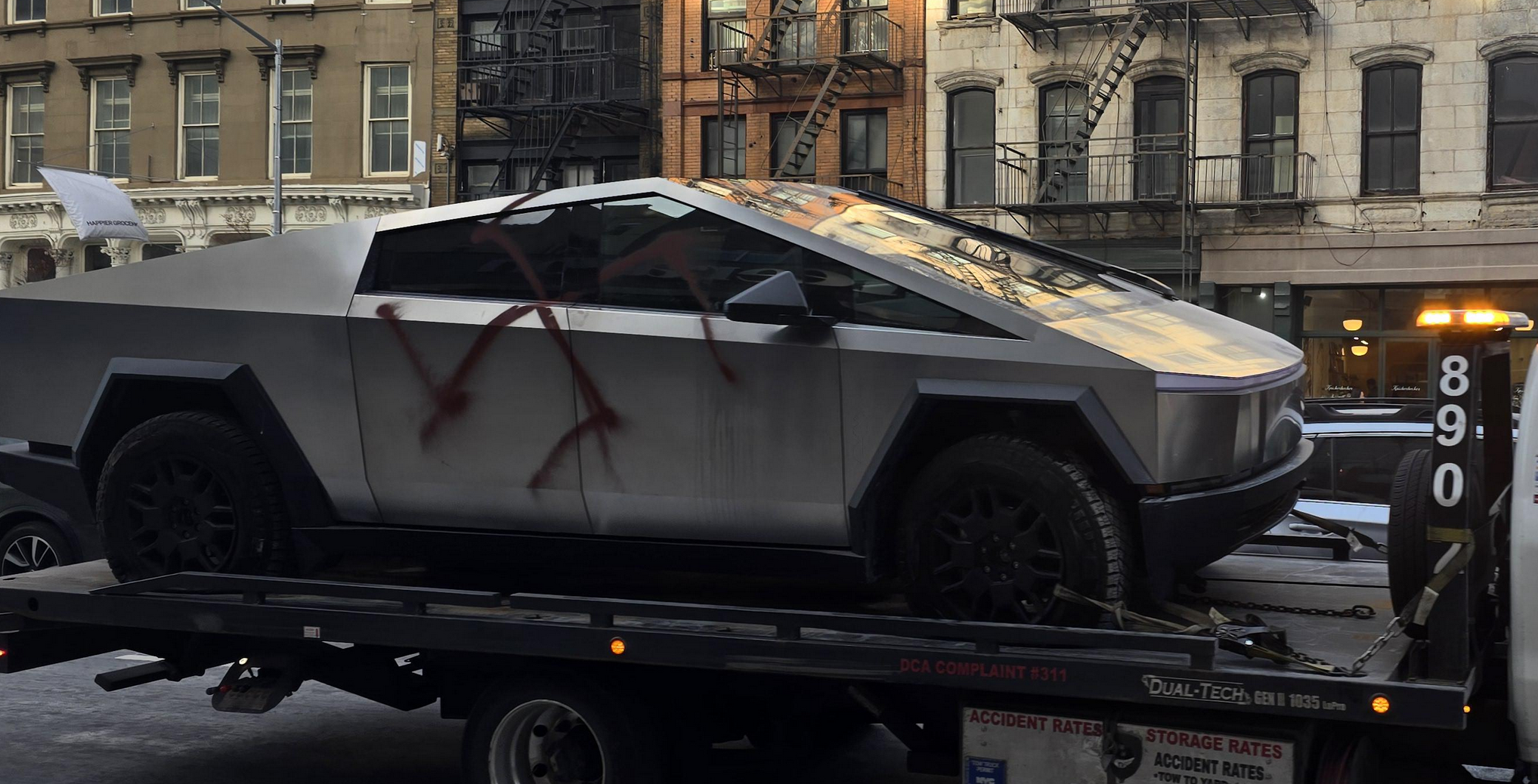

Just setup mods for my partner’s steamdeck, ended up putting stardew Very expanded on both our decks and doing a new playthrough, needed to tweak a few settings as a chunk of mods seem to expect keyboard/mouse controls.
Runs pretty well all things considered, it’s added an overwhelming amount of stuff.







If you do it manually, path is something like (if it’s on the ssd at least)
~/.local/steam/steamapps/common/StardewValley/modsSMAPI has a .sh in their release zip that sets it up for you, and their wiki is pretty solid if you’re wanting to do it through proton instead of the native application. I gave the nexus mod app a try, works pretty well but without premium you need to download mods individually, having an actual mod manager is nice though.
I’ve done rimworld modding running that through proton, but rimworld has workshop support and various mod managers so that was really easy to do (and plays pretty well, but I played rimworld on the og steam controller in the past so was kinda used to it)